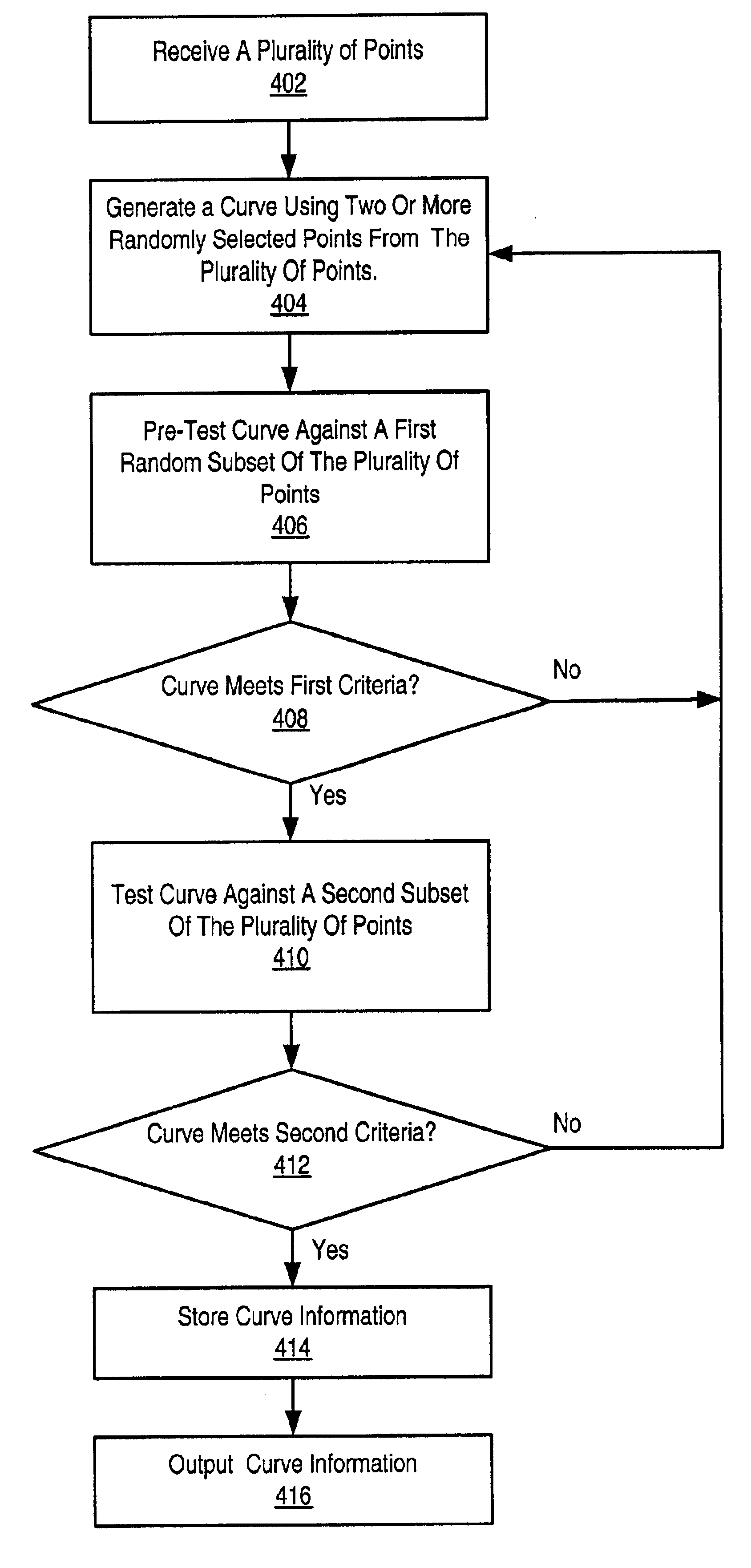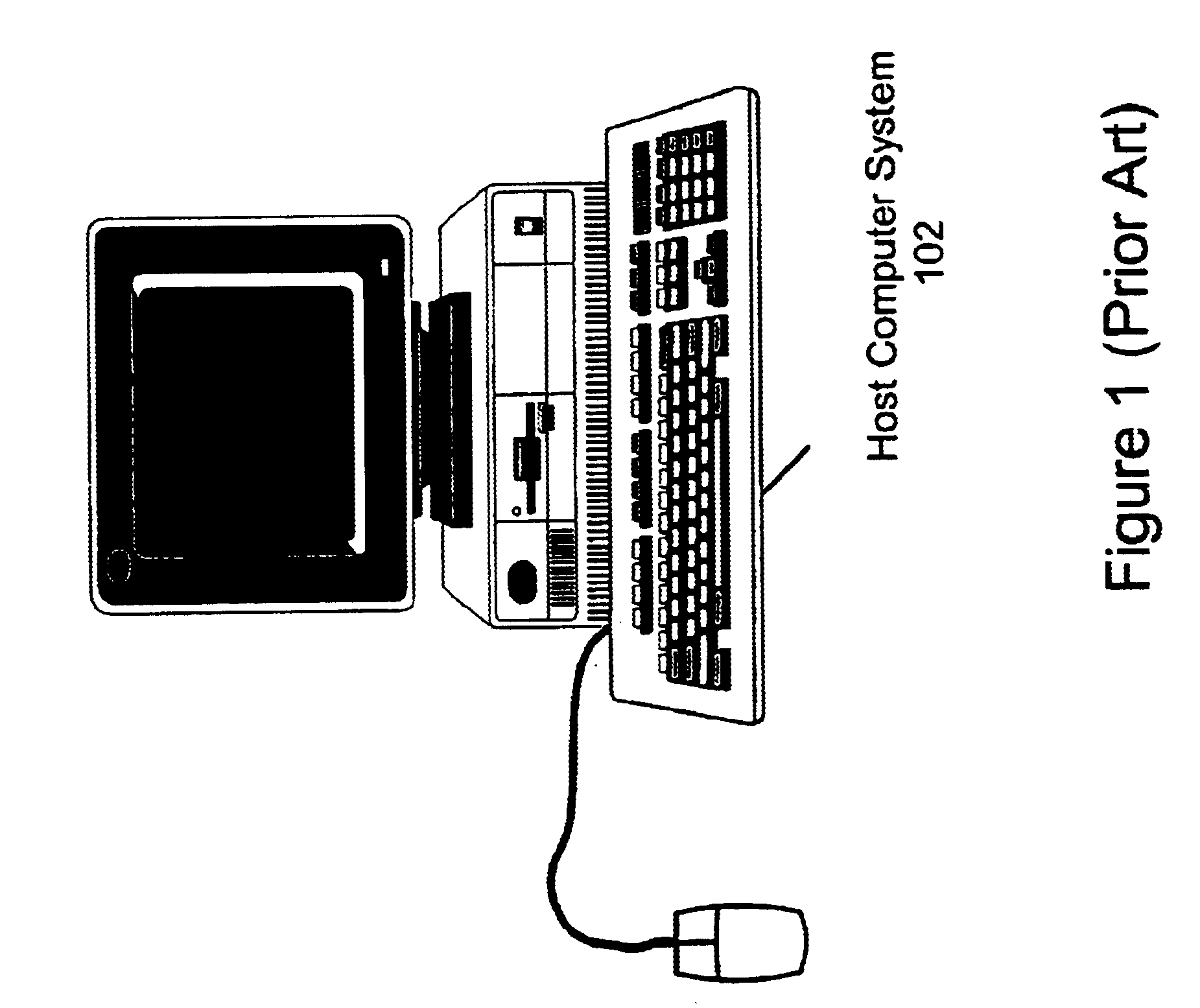System and method for curve fitting using randomized techniques
a curve fitting and random technique technology, applied in the field of data processing, can solve the problems of lse tending to generate the wrong line, erroneous data into the data set, and noise in the measured signal complicating the analysis of the resulting data, so as to improve the performance of the method
- Summary
- Abstract
- Description
- Claims
- Application Information
AI Technical Summary
Benefits of technology
Problems solved by technology
Method used
Image
Examples
Embodiment Construction
FIG. 1—Computer System
[0053]FIG. 1 illustrates an exemplary computer system suitable for implementing various embodiments of the invention. The computer system 102 may store and / or execute a software program which performs the method described in FIG. 3A-FIG. 7 below. In one embodiment, the computer system 102 may include a display device, such as a monitor, as well as a chassis and one or more I / O devices, such as a keyboard and / or mouse. However, the computer system may take any of various forms, such as a personal computer, or any type of device which includes a processor that executes instructions from a memory medium, or which includes programmable logic that has been configured to perform the methods described in FIGS. 3A and 3B. Exemplary computer systems include a personal computer, mainframe computer, a personal computing device (PDA), television, embedded device, and other systems. Thus, as used herein, the term computer system is intended to encompass any of various devic...
PUM
 Login to View More
Login to View More Abstract
Description
Claims
Application Information
 Login to View More
Login to View More - R&D
- Intellectual Property
- Life Sciences
- Materials
- Tech Scout
- Unparalleled Data Quality
- Higher Quality Content
- 60% Fewer Hallucinations
Browse by: Latest US Patents, China's latest patents, Technical Efficacy Thesaurus, Application Domain, Technology Topic, Popular Technical Reports.
© 2025 PatSnap. All rights reserved.Legal|Privacy policy|Modern Slavery Act Transparency Statement|Sitemap|About US| Contact US: help@patsnap.com



